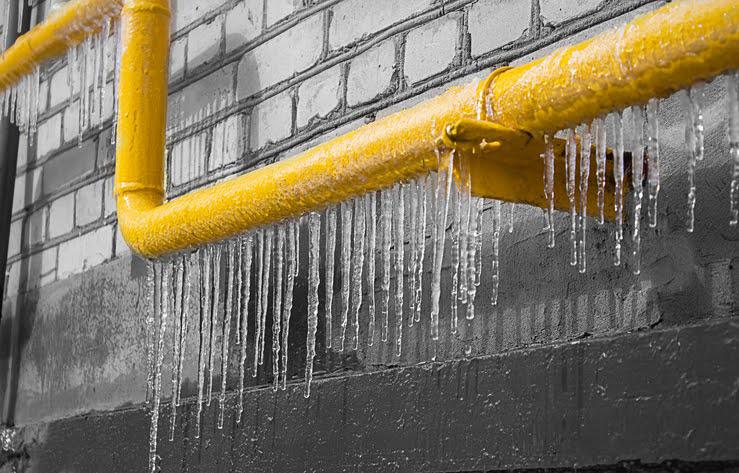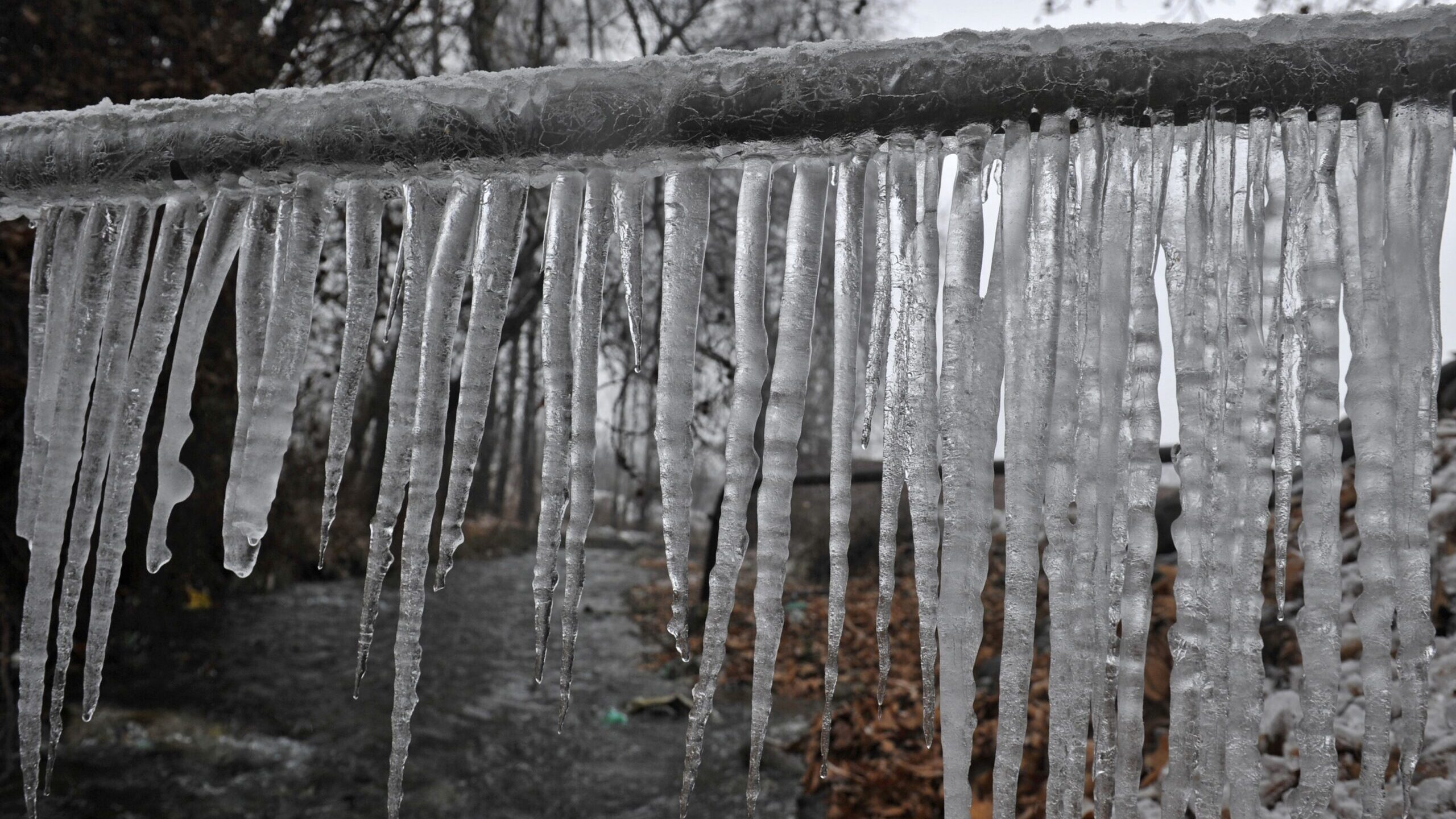Preventing Frozen Pipes: Top Tips for Winter
RatesAre you on the lookout for selective information concerning Winter Plumbing Precautions: Preventing Frozen Pipes?

Winter can wreak havoc on your pipes, particularly by freezing pipes. Right here's exactly how to stop it from occurring and what to do if it does.
Intro
As temperatures drop, the risk of icy pipes increases, possibly causing expensive repair work and water damages. Recognizing just how to prevent icy pipes is important for home owners in cool climates.
Avoidance Tips
Shielding prone pipelines
Cover pipelines in insulation sleeves or utilize heat tape to safeguard them from freezing temperature levels. Concentrate on pipes in unheated or exterior areas of the home.
Home heating strategies
Keep indoor spaces adequately heated, especially areas with plumbing. Open up closet doors to permit cozy air to distribute around pipelines under sinks.
Exactly how to recognize icy pipelines
Look for lowered water flow from taps, unusual odors or noises from pipes, and visible frost on exposed pipelines.
Long-Term Solutions
Architectural modifications
Consider rerouting pipelines far from outside wall surfaces or unheated areas. Include additional insulation to attics, cellars, and crawl spaces.
Upgrading insulation
Invest in top quality insulation for pipelines, attics, and wall surfaces. Appropriate insulation helps keep regular temperature levels and decreases the threat of frozen pipelines.
Securing Exterior Plumbing
Yard pipes and exterior taps
Separate and drain garden pipes before winter months. Set up frost-proof faucets or cover outside taps with shielded caps.
Comprehending Icy Pipelines
What creates pipes to freeze?
Pipelines freeze when revealed to temperature levels listed below 32 ° F (0 ° C) for expanded periods. As water inside the pipes ices up, it broadens, putting pressure on the pipe walls and potentially causing them to burst.
Dangers and damages
Frozen pipelines can cause water disturbances, residential or commercial property damages, and pricey repair work. Burst pipes can flooding homes and trigger considerable architectural damage.
Signs of Frozen Piping
Identifying icy pipes early can prevent them from breaking.
What to Do If Your Pipes Freeze
Immediate actions to take
If you believe icy pipes, maintain taps open up to relieve pressure as the ice melts. Use a hairdryer or towels soaked in warm water to thaw pipes slowly.
Verdict
Avoiding icy pipelines needs positive procedures and fast reactions. By understanding the reasons, indications, and safety nets, homeowners can protect their pipes throughout cold weather.
5 Ways to Prevent Frozen Pipes
Drain Outdoor Faucets and Disconnect Hoses
First, close the shut-off valve that controls the flow of water in the pipe to your outdoor faucet. Then, head outside to disconnect and drain your hose and open the outdoor faucet to allow the water to completely drain out of the line. Turn off the faucet when done. Finally, head back to the shut-off valve and drain the remaining water inside the pipe into a bucket or container. Additionally, if you have a home irrigation system, you should consider hiring an expert to clear the system of water each year.
Insulate Pipes
One of the best and most cost-effective methods for preventing frozen water pipes is to wrap your pipes with insulation. This is especially important for areas in your home that aren’t exposed to heat, such as an attic. We suggest using foam sleeves, which can typically be found at your local hardware store.
Keep Heat Running at 65
Your pipes are located inside your walls, and the temperature there is much colder than the rest of the house. To prevent your pipes from freezing, The Insurance Information Institute suggests that you keep your home heated to at least 65 degrees, even when traveling. You may want to invest in smart devices that can keep an eye on the temperature in your home while you’re away.
Leave Water Dripping
Moving water — even a small trickle — can prevent ice from forming inside your pipes. When freezing temps are imminent, start a drip of water from all faucets that serve exposed pipes. Leaving a few faucets running will also help relieve pressure inside the pipes and help prevent a rupture if the water inside freezes.
Open Cupboard Doors
Warm your kitchen and bathroom pipes by opening cupboards and vanities. You should also leave your interior doors ajar to help warm air circulate evenly throughout your home.

I ran across that blog post on Preventing and dealing with frozen pipes while doing a lookup on the internet. Make sure you take the opportunity to share this entry if you liked it. I am grateful for being here. Don't hesitate to stop by our blog back soon.
Go Services